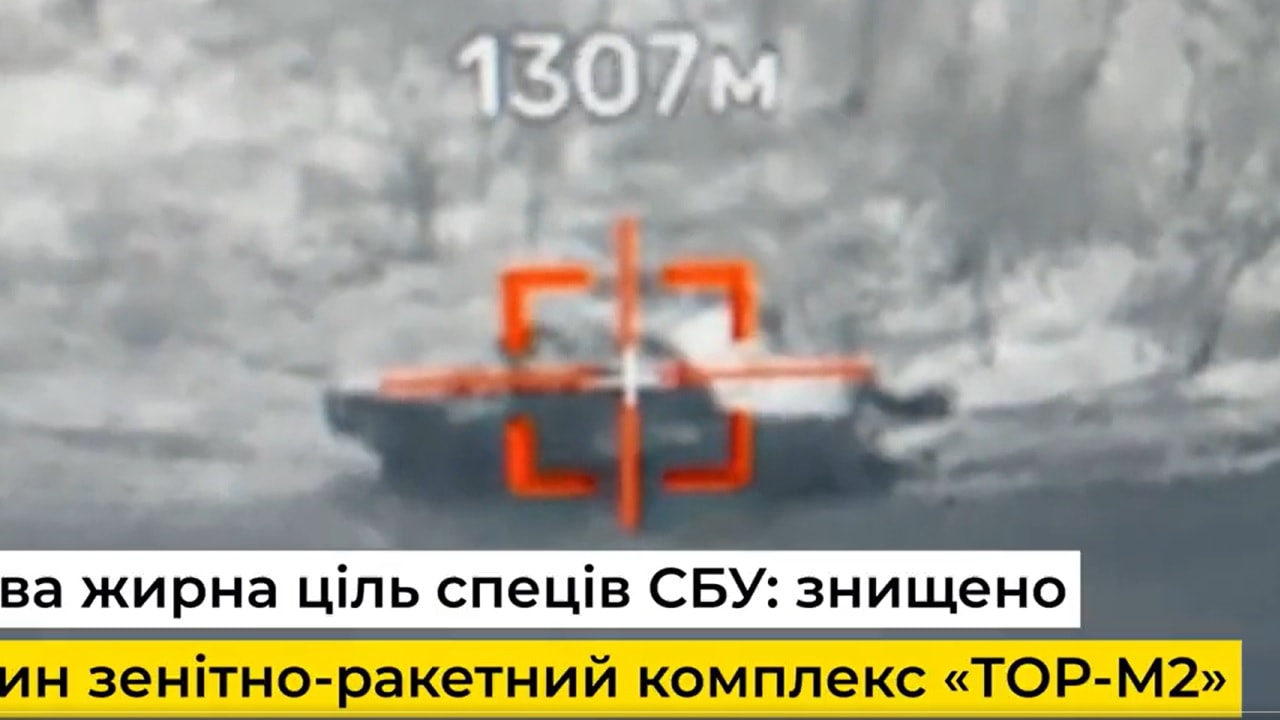The last few days saw two Russian missile attacks against Ukraine. These were the first attacks in almost two months.
Although the strikes killed and wounded innocent people, they were largely inconsequential. But they also show how Russia’s missile strategy against Ukraine has shifted over the months.
Submission Through Missile Attacks
After the highly successful Ukrainian counteroffensive in September, which liberated hundreds of square miles of territory and dozens of important urban centers in just a few days, the Russian military changed leadership.
Russian President Vladimir Putin assigned General Sergei Surovikin, the commander of the Russian Aerospace Forces, as the overall commander of the “special military operation” in Ukraine.
Understandably for the chief of the Russian air force, Surovikin advocated a new long-range fires campaign to push Ukraine to the negotiating table. The brutal Ukrainian winter was coming, and, the Kremlin believed, taking out the Ukrainian power grid would put pressure on Kyiv to negotiate.
Beginning in October, the Russian military has launched more than 1,300 ballistic and cruise missiles against Ukrainian critical infrastructure and urban centers all over the country. The results were mixed. The Ukrainian power grid suffered, with millions of Ukrainians going without power, heat, water, and internet. Hundreds more were killed in the indiscriminate bombing.
However, the Ukrainians didn’t falter. And the Russian missile campaign failed to achieve any of its objectives.
Changing Strategy
Now, after several weeks of silence, the Russian military launched another wave of cruise missiles against Ukrainian urban centers in late April and early May.
The attack verified the assessments of the Ukrainian Military Intelligence—the Russian military is running out of long-range missiles. Combined, the two attacks involved less than 50 cruise missiles, mainly Kh-101 and Kh-555 munitions, a notable decrease from previous missile attacks, which would involve in the range of 80 munitions in a single attack.
Back in November, the Ukrainian Military Intelligence assessed that the Russian military had just a few hundred ballistic and cruise missiles of all types left. More recently, the Ukrainians assessed that in some types of munitions, the Russian forces had expended more than 85 percent of their pre-invasion stocks.
The Russian military has been using a combination of Iskander, Kh-22/32, Kalibr, and Kh-155 ballistic and cruise missiles. But depleting stocks have forced the Russian military to use munitions designed for other purposes, such as the S-300 air defense or AS-4 Kitchen anti-ship missiles, against ground targets, something that reduces their effectiveness.
Western sanctions prevent Moscow from replenishing its stocks with ease. So, the Kremlin has turned to friends for help. Iran has provided more than 2,000 Shahed-136 suicide drones to Russia, and it has sent specialists to train the Russian forces in the use of the drone. Cheaper but weaker than a ballistic or cruise missile, the Shahed-136 loitering munition has allowed the Russian forces to confuse Ukrainian air defenses and force them to expend expensive air defense munitions to shoot down dirt-cheap drones.
However, the Russian forces have already used most of their Iranian drone arsenal.
Now, the Russian military has shifted its missile strategy from targeting Ukrainian critical infrastructure to targeting key Ukrainian military functions, such as logistical nodes and deployment centers, in an attempt to harass Kyiv’s upcoming counteroffensive.
But its depleted arsenal means that it can only do so much.
A 19FortyFive Defense and National Security Columnist, Stavros Atlamazoglou is a seasoned defense journalist specializing in special operations, a Hellenic Army veteran (national service with the 575th Marine Battalion and Army HQ), and a Johns Hopkins University graduate. His work has been featured in Business Insider, Sandboxx, and SOFREP.

